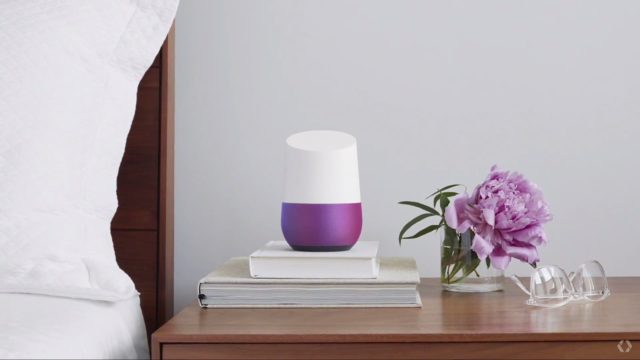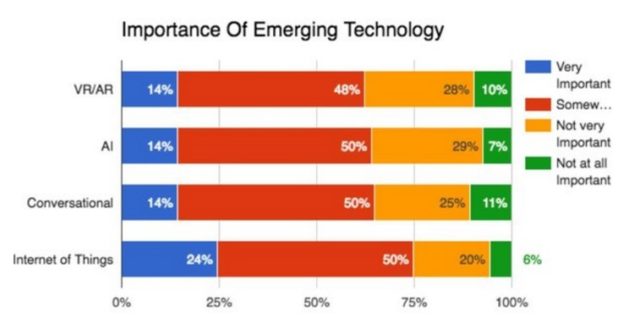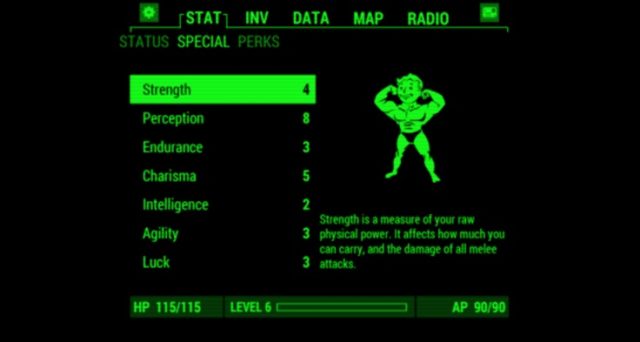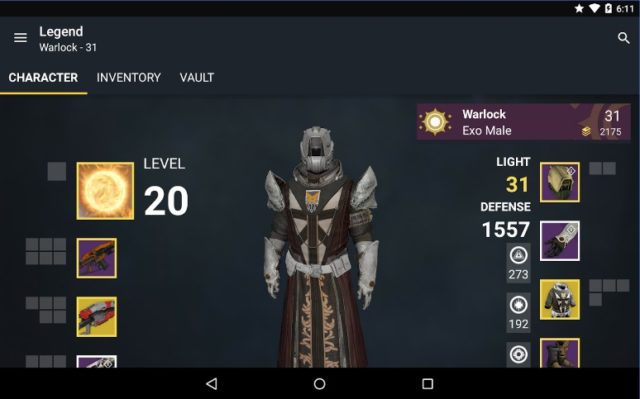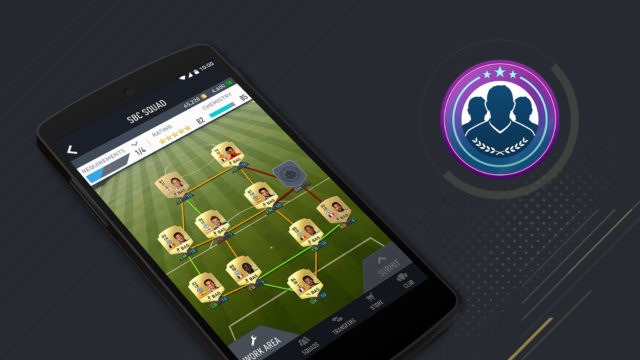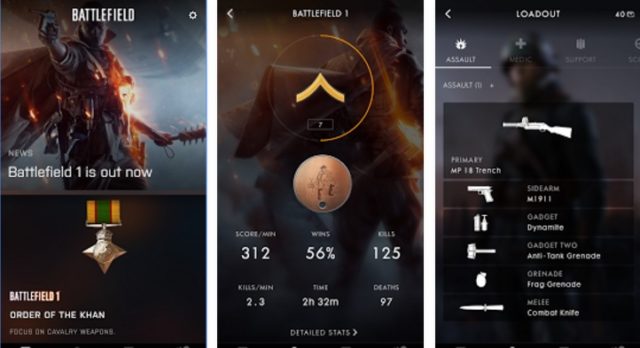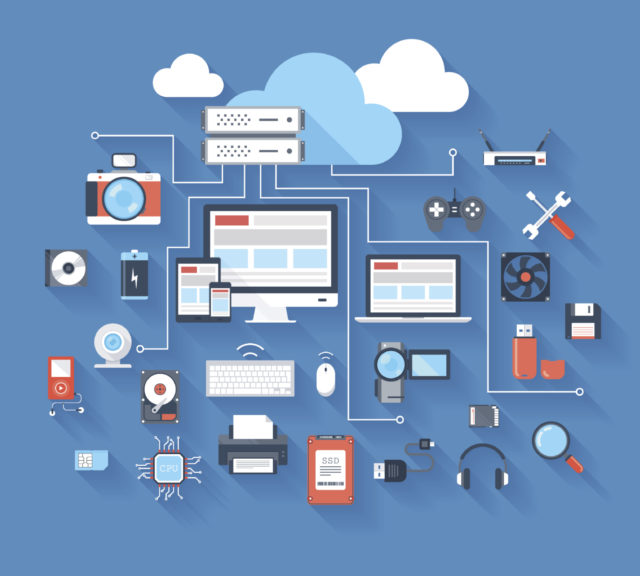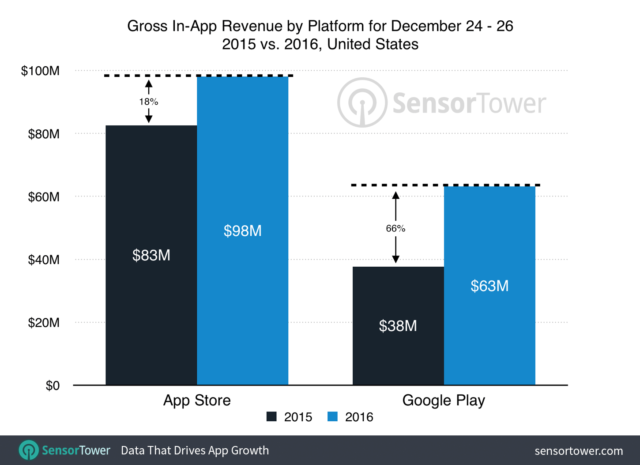Living Essentials, the makers of 5-hour Energy shots, has entered into eSports. The non-endemic brand has teamed up with the Detroit Renegades, a team owned by NBA player Jonas Jerebko. As part of the new sponsorship, the brand has been integrated into the official name of the Overwatch team, which is now officially called the Detroit Renegades 5-hour Energy Overwatch team. The Detroit Renegades also features professional eSports players and teams across Counter-Strike: Global Offensive (CS:GO), Call of Duty and Super Smash Bros.
“ESports is a rapidly growing field that has a very dedicated fan base where we feel our product can make a big impact,” Melissa Skabich, director of communications at Living Essentials, told [a]listdaily.
Jerebko said in a statement that this sponsorship by Living Essentials epitomizes the shared values of hard work, innovative marketing and efficient operations. “As our first non-endemic sponsor, being headquartered in Michigan encourages a beneficial relationship to support our organization and players directly,” he said.
This is Living Essentials’ first eSports sponsorship using the 5-hour Energy brand. “We look at eSports as expanding on traditional sports marketing for a digital fan base,” Skabich said. “This means there are some similarities to sponsorships we’ve done in the past with racing and golf, but there is also a whole new world of content and consumer engagement with a new audience.”
Skabich discussed how having someone like Jerebko, with such a large voice in the athletic world, brings a sense of professionalism and experience to this sponsorship. “We take this space seriously as a professional sport, and we truly believe our product can positively contribute to the gaming industry, fans, players and pro teams,” she said. “Above all, we want to have a positive impact on the growth of eSports and the entire gameplay experience.”
According to Skabich, one of the things that drew the brand to the Renegades team was how engaging and collaborative they are on social media. The team, which was founded in 2015, has earned global recognition since Jerebko’s acquisition. “We have found their entire organization to be highly creative and enthusiastic when working with sponsors, so we are excited to team up with them on fun, engaging content for both their fans and ours,” Skabich said.
Living Essentials’ target demographic for 5-hour Energy is tired people. “We know that’s a broad spectrum, but gamers in particular are notorious for keeping odd hours and pushing themselves to grind for new gear, work towards that next level, or compete for the high score,” Skabich said. “5-hour Energy shots have an application in day-to-day work life, fitness, sports, etc., and gamers are a diverse group whose lives definitely overlap into these different areas.”
Jeff Zajac, the director of operations for the Renegades franchise, told [a]listdaily that 5-hour Energy not only provided the energy to stream, practice and perform in all aspects of gaming, but has been an inspiration to the team with its innovative strategies for eSports.
“Gamers need a healthy alternative to fuel them during their intense gameplay,” Zajac said. “Instead of having to rely on the high sugar and additive alternatives, they can turn to 5-hour Energy to provide them with long-lasting clean energy.”
ESports allows companies like Living Essentials to tap into a broad spectrum of gamers.
“Obviously the gaming sphere is a 24/7 place, so we know gamers are always looking for an energy boost to keep them feeling alert—whether streaming, during gameplay or for fan interaction,” Skabich said. “The small size of 5-hour Energy shots, compared to energy drinks, allows gamers to keep playing games without having to constantly sip on a large beverage.”
Learn everything you need to know to invest in today’s fastest-growing media channel—Competitive Gaming and eSports on 2.16.17 in Los Angeles. Go to alistsummit.com for more info.

